In the past decade, the renewable energy sector has witnessed remarkable advancements in the quest toward a more sustainable future. Alongside this transformation, the demand for data is gaining significant importance across the entire value chain. Driving efficiency and optimizing operations all begin with acquiring reliable, real-time raw data from renewable plants.

And that is why everybody is talking about Operational Technology (OT) data these days.
In this article, we delve into the rising value of OT data and explore the emerging challenges we are facing in the renewable industry. We do so together with Tom Marek, Business Development Director at SCADA International. Below, he answers some of the key questions the industry is discussing these days.

What is the difference between OT data and IT data when we talk about renewables?
Tom Marek: Operational Technology (OT) is all the equipment you find inside the power plant, both software and hardware. This could be the network infrastructure, the fiber optic cables, and the devices you use to acquire on-site data or send control signals, like SCADA systems or PLCs.
The primary purpose of OT is to monitor and control physical processes in real time. Thus, it plays a crucial role in industries like the renewable energy sector, where accurate control and automation are essential for producing energy safely and in accordance with the set points and grid requirements.
On the other hand, information technology (IT) focuses on data processing and information management, like ensuring reliable connection and communication to the internet or remote software. So, here you find devices like firewalls, email servers, and other administrative technology.
Both technology types are vital in ensuring efficient and safe operations of renewable assets. But, it is actually in the convergence of the two that the real value is created. The integration allows for improved monitoring, analytics, and remote management of the plants’ performance, leading to better decision-making and optimization of operations.
What challenges is the industry facing in terms of OT and IT data?
Tom Marek: In recent years, we have come across what I would call a “technological gap” at many renewable power plants. We see that power providers are dealing with old plant hardware that hasn’t been updated according to the steep development in renewable expansions and interconnectivity.
For example, if the OT you are dealing with is part of the original 22-year-old power plant, the OT data you are able to retrieve will consequently not match the requirements and standards we have today. Working with many plants, we have encountered operating systems that have also been unsupported by the provider for ten years or more. It has become clear to me that a lot of site development and construction was rushed in the boom-and-bust cycles of PTC (Production Tax Credit, a government incentive in the US), and many of the network layouts were poorly planned.
So, there is a major gap in terms of the quality between the OT and IT data that plant owners are dealing with. But, with every challenge comes a new opportunity. The know-how and experience we have today were not there even ten years ago – what we can do now is utilize this expertise and learnings to improve and prepare for the future.
What about the future – what challenges regarding OT and IT data lie ahead?
Tom Marek: With the current convergence of OT and IT, there is no doubt that cybersecurity will be the predominant challenge. As OT systems become more interconnected and exposed to the internet, they can be vulnerable to cyber threats, which may have significant consequences for operations and safety.
When the renewable plants’ digital infrastructure is no longer supported, the plants become more vulnerable to security breaches and are at higher risk of failures. The first step here is to reestablish the security of all plants with outdated OT and IT, which is a massive project in itself. It will require network inspection, replacing old legacy hardware, and installing and commissioning new systems like industrial PCs, SCADA solutions, PLC updates, etc.
What we can learn from the past is that it is critical to ensure the security and resilience of OT systems by using future-proofed solutions that are flexible enough to fit into both new and old frameworks. Because as we also see, plants are becoming more mixed and diversified, meaning that managing all these different technologies increases the complexity – also when it comes to cybersecurity.









